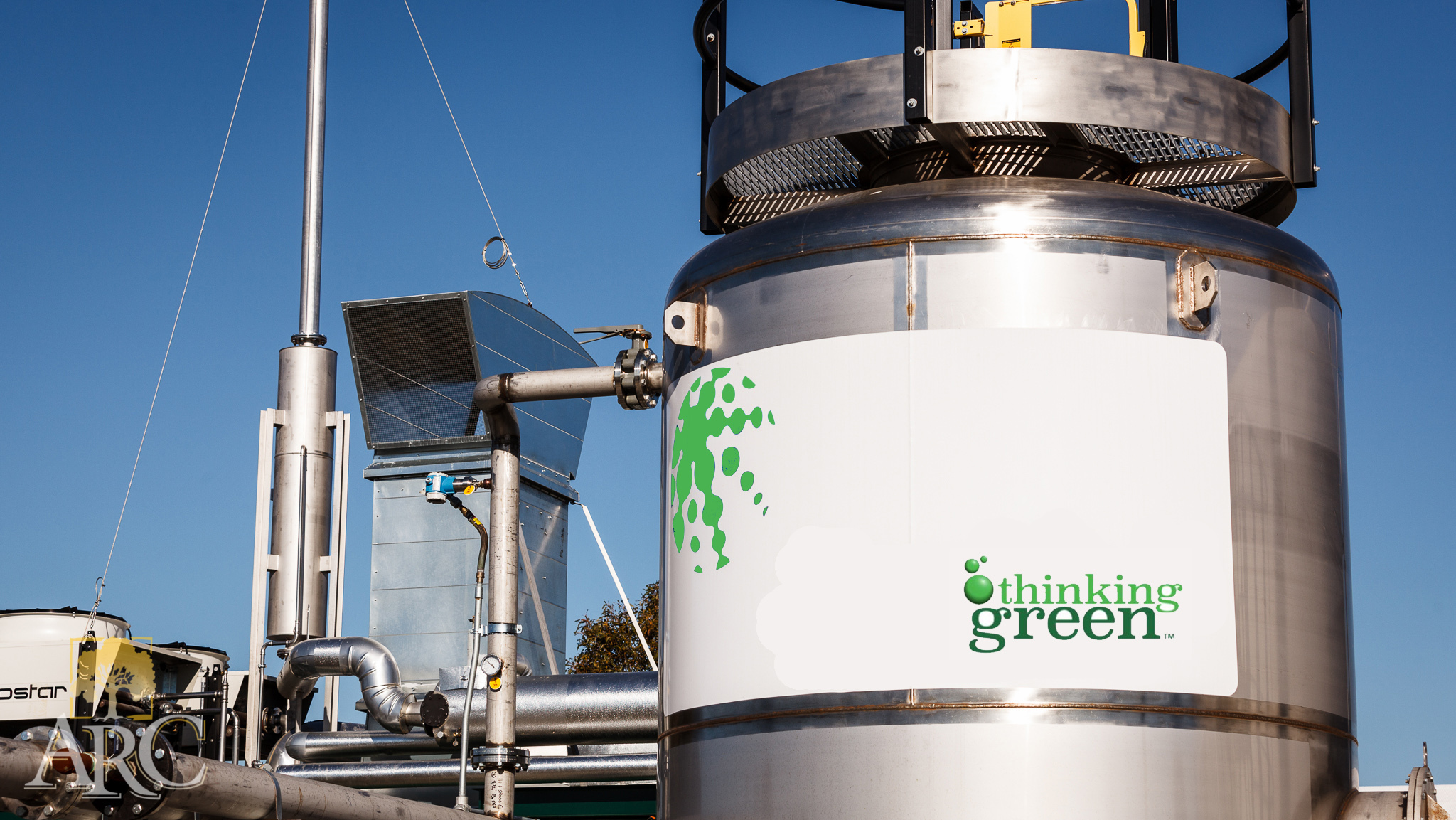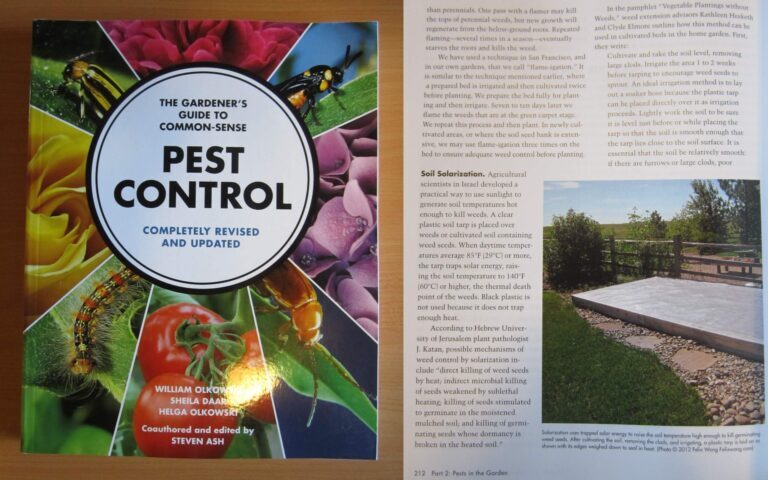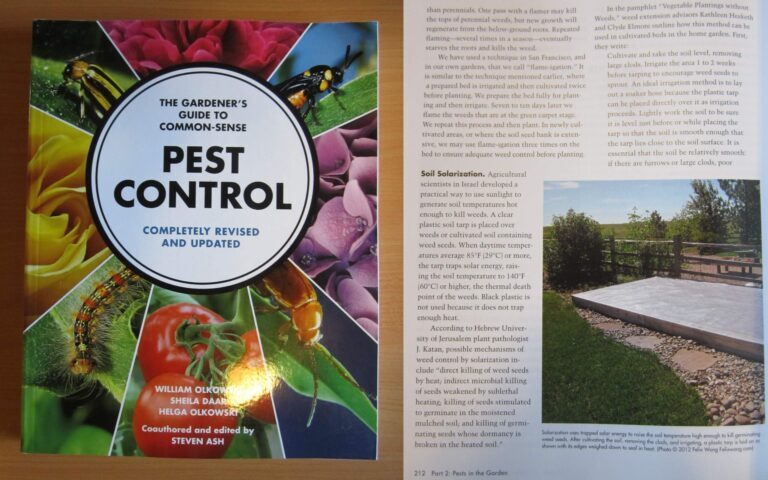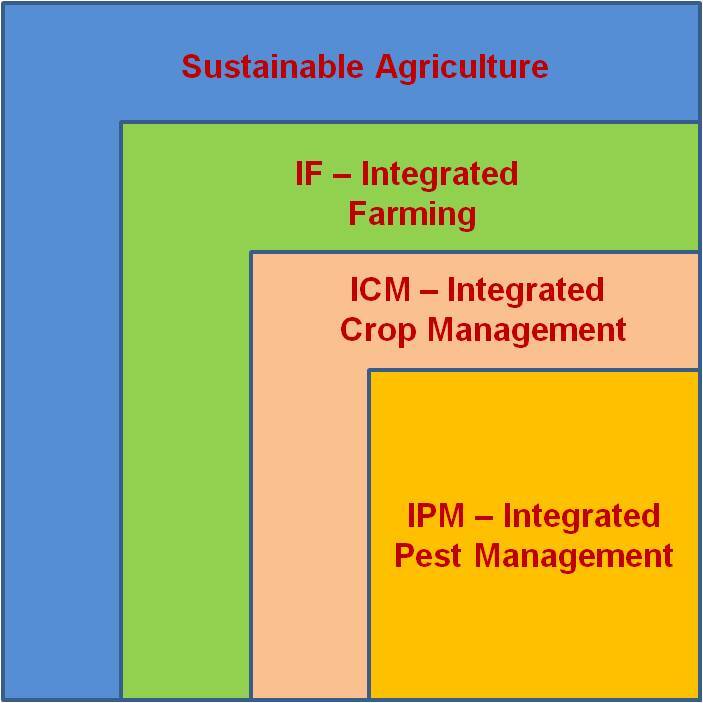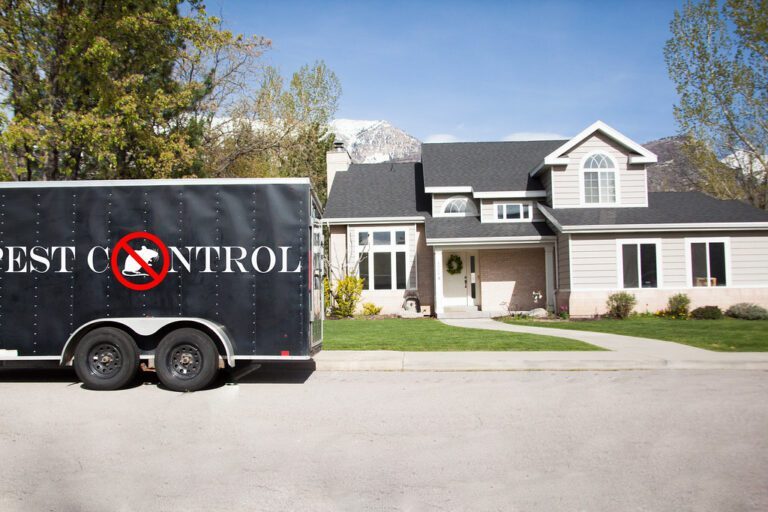Creating an Environmentally Friendly Pest-Free Home
Introduction
Importance of an environmentally friendly pest-free home
An environmentally friendly pest-free home is of utmost importance in today’s world. With increasing concerns about the impact of chemicals on the environment and human health, it is crucial to adopt sustainable practices in pest control. By creating an environment that is free from pests using eco-friendly methods, we not only protect our homes but also contribute to the overall well-being of our planet. An environmentally friendly pest-free home promotes a healthier living space, reduces the use of harmful chemicals, and supports biodiversity. It allows us to live in harmony with nature while ensuring the safety and sustainability of our surroundings. Therefore, it is essential to prioritize the creation of an environmentally friendly pest-free home for a greener and healthier future.
Benefits of creating an environmentally friendly pest-free home
Creating an environmentally friendly pest-free home has numerous benefits. Not only does it help protect the health and well-being of your family, but it also contributes to the preservation of the environment. By adopting eco-friendly pest control methods, such as using natural repellents and practicing proper waste management, you can reduce the use of harmful chemicals that can pollute the air and water. Additionally, creating a pest-free home can prevent damage to your property, saving you money on repairs and maintenance. Overall, embracing an environmentally friendly approach to pest control is a win-win situation for both your family and the planet.
Overview of the article
In this article, we will explore the various ways in which you can create an environmentally friendly and pest-free home. We will discuss the importance of reducing the use of harmful chemicals and pesticides, and instead focus on natural and eco-friendly alternatives. Additionally, we will provide practical tips and strategies for creating a sustainable living environment that is safe for both humans and the environment. By implementing these measures, you can contribute to a healthier planet while enjoying a pest-free home.
Identifying Common Household Pests
Common household pests and their characteristics
Common household pests can be a nuisance and pose potential health risks. Understanding their characteristics is essential for effective pest control. Some common pests found in homes include cockroaches, ants, rodents, and mosquitoes. Cockroaches are known for their ability to survive in various environments and can contaminate food and surfaces. Ants are attracted to food sources and can quickly infest a space. Rodents, such as mice and rats, can cause damage to property and spread diseases. Mosquitoes are carriers of diseases like dengue and Zika virus and are known for their annoying bites. By knowing the characteristics of these pests, homeowners can take appropriate measures to prevent infestations and create an environmentally friendly, pest-free home.
Signs of pest infestation
Pest infestations can be a major nuisance in any home, causing damage to property and posing health risks to residents. Recognizing the signs of pest infestation is crucial in order to take timely action and prevent further damage. Common signs include the presence of droppings, gnaw marks on furniture or walls, strange sounds in the walls or ceilings, and sightings of pests themselves. It is important to address these signs promptly to protect your home and ensure a safe and pest-free environment for you and your family.
Methods for identifying pests
Methods for identifying pests involve thorough inspection of the home and surrounding areas. This includes checking for signs of pest activity such as droppings, chewed or damaged materials, and nests. Additionally, using traps and monitoring devices can help identify the presence of pests. It is important to be vigilant and regularly inspect different areas of the home, including the kitchen, bathroom, and basement, to ensure early detection and prevention of pest infestations.
Preventing Pest Infestation
Keeping a clean and clutter-free home
Keeping a clean and clutter-free home is essential for creating an environmentally friendly and pest-free living space. By regularly cleaning and organizing your home, you can prevent the buildup of dust, dirt, and debris that can attract pests. Additionally, removing clutter and properly storing items can eliminate potential hiding places for pests. It is also important to use eco-friendly cleaning products that are free from harmful chemicals, as these can not only be detrimental to the environment but also pose health risks to you and your family. By maintaining a clean and clutter-free home, you are not only creating a healthier living environment but also contributing to the overall well-being of the planet.
Sealing entry points
Sealing entry points is an essential step in creating an environmentally friendly pest-free home. By identifying and sealing off any gaps, cracks, or openings in your home’s exterior, you can effectively prevent pests from entering. This not only helps to keep your home clean and hygienic but also reduces the need for harmful chemical pesticides. Additionally, sealing entry points can contribute to energy efficiency by preventing drafts and reducing the loss of heated or cooled air. Whether it’s sealing gaps around windows and doors, installing door sweeps, or repairing damaged screens, taking the time to seal entry points is a proactive measure that promotes a healthier and more sustainable living environment.
Proper food storage and waste management
Proper food storage and waste management are essential steps towards creating an environmentally friendly and pest-free home. By storing food properly, we can reduce the chances of attracting pests like rodents and insects. This includes using airtight containers to seal food items, keeping the pantry clean and organized, and regularly checking for expired or spoiled food. Additionally, implementing effective waste management practices such as recycling, composting, and proper disposal of household waste can further contribute to a sustainable and pest-free living environment. By taking these simple yet crucial steps, we not only protect our home from pests but also contribute to the preservation of our planet’s health.
Natural Pest Control Methods
Using essential oils as natural repellents
Using essential oils as natural repellents is a safe and effective way to keep pests out of your home while also being environmentally friendly. Essential oils such as peppermint, lavender, and eucalyptus have strong scents that act as natural deterrents for insects like ants, spiders, and mosquitoes. These oils can be easily mixed with water and sprayed around the house, creating a barrier that pests will avoid. Not only do essential oils help repel pests, but they also leave a pleasant aroma in your home, making it a more inviting and relaxing space. By using essential oils as natural repellents, you can create a pest-free environment without relying on harmful chemicals or pesticides.
Creating homemade pest traps
Creating homemade pest traps is a cost-effective and environmentally friendly way to keep your home free from unwanted pests. By using common household items such as vinegar, baking soda, and essential oils, you can create traps that effectively lure and capture pests like ants, flies, and mosquitoes. Not only are these homemade traps easy to make, but they are also safe to use around children and pets, unlike many commercial pest control products. By taking the time to create your own pest traps, you are not only saving money but also reducing your carbon footprint and contributing to a healthier and more sustainable environment.
Using beneficial insects for pest control
Using beneficial insects for pest control is a natural and environmentally friendly approach to managing pests in our homes. These insects, such as ladybugs, lacewings, and parasitic wasps, can help control populations of harmful pests like aphids, mealybugs, and caterpillars. By introducing these beneficial insects into our gardens and homes, we can reduce the need for chemical pesticides and promote a healthier ecosystem. Additionally, using beneficial insects is a sustainable solution that does not harm other beneficial insects, birds, or animals. It is an effective and eco-friendly way to keep our homes pest-free while also protecting the environment.
Chemical-Free Pest Control Products
Eco-friendly pest control sprays
Eco-friendly pest control sprays are an essential tool for creating an environmentally friendly pest-free home. These sprays are formulated using natural ingredients that are safe for both humans and pets, making them a sustainable alternative to traditional chemical-based pesticides. By using eco-friendly pest control sprays, homeowners can effectively eliminate pests without compromising the health of their family or the environment. Additionally, these sprays are designed to target specific pests, minimizing the impact on beneficial insects and wildlife. With the increasing awareness of the importance of sustainable living, eco-friendly pest control sprays have become a popular choice for those who want to maintain a pest-free home while reducing their ecological footprint.
Non-toxic pest control powders
Non-toxic pest control powders are a safe and effective way to keep your home free from pests without harming the environment. These powders are made from natural ingredients that are non-toxic to humans and pets, making them a great alternative to chemical-based pest control products. By using non-toxic pest control powders, you can protect your family and the planet while still effectively eliminating pests from your home. These powders can be applied to areas where pests are commonly found, such as cracks and crevices, and they work by dehydrating and killing insects on contact. Additionally, non-toxic pest control powders are biodegradable, meaning they break down naturally over time and do not contribute to pollution. With their eco-friendly and safe nature, non-toxic pest control powders are a smart choice for creating an environmentally friendly pest-free home.
Electronic pest repellents
Electronic pest repellents are devices that use ultrasonic or electromagnetic waves to repel pests such as rodents, insects, and spiders. These devices emit high-frequency sounds or electromagnetic waves that are inaudible to humans but are annoying to pests, driving them away from the area. They are a popular choice for homeowners who want to eliminate pests without using harmful chemicals or traps. Electronic pest repellents are easy to use and can be placed in various areas of the home, such as the kitchen, living room, or garage, to effectively deter pests and create an environmentally friendly pest-free home.
Maintaining an Environmentally Friendly Pest-Free Home
Regular cleaning and maintenance
Regular cleaning and maintenance are essential for creating an environmentally friendly and pest-free home. By regularly cleaning and organizing our living spaces, we can minimize the accumulation of dirt, dust, and other pollutants that can negatively impact both our health and the environment. Additionally, maintaining a clean home helps to prevent the infestation of pests, such as insects and rodents, which can cause damage to our property and pose health risks. Implementing a regular cleaning routine, including dusting, vacuuming, and disinfecting surfaces, not only promotes a healthier living environment but also contributes to the overall sustainability of our home.
Periodic pest inspections
Periodic pest inspections are an essential part of creating an environmentally friendly pest-free home. By conducting regular inspections, homeowners can identify and address any potential pest problems before they become major infestations. These inspections allow for early detection of pests such as rodents, insects, and termites, which can cause damage to the home and pose health risks to the residents. Additionally, periodic pest inspections help ensure that any pest control measures implemented in the home are effective and sustainable, minimizing the use of harmful chemicals and promoting eco-friendly pest management practices. By prioritizing periodic pest inspections, homeowners can maintain a healthy and pest-free living environment while reducing their ecological footprint.
Educating family members on pest prevention
Educating family members on pest prevention is crucial for creating an environmentally friendly pest-free home. By teaching everyone in the household about the importance of proper sanitation, regular cleaning, and responsible waste management, we can significantly reduce the risk of pests infesting our living spaces. It is essential to educate family members on identifying common household pests, understanding their behavior, and recognizing signs of infestation. Additionally, teaching them about natural pest control methods, such as using non-toxic repellents and traps, can help minimize the need for harmful chemical pesticides. By involving everyone in the pest prevention efforts, we can create a healthier and more sustainable home environment for ourselves and the planet.

